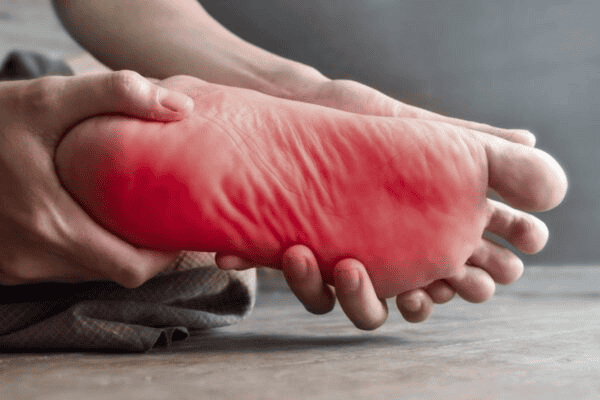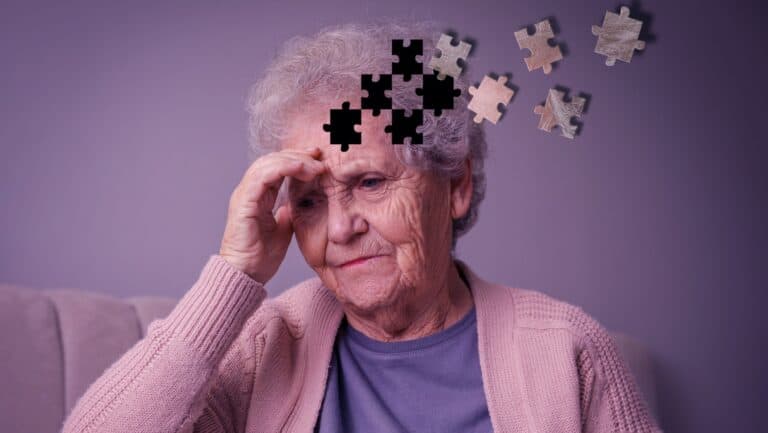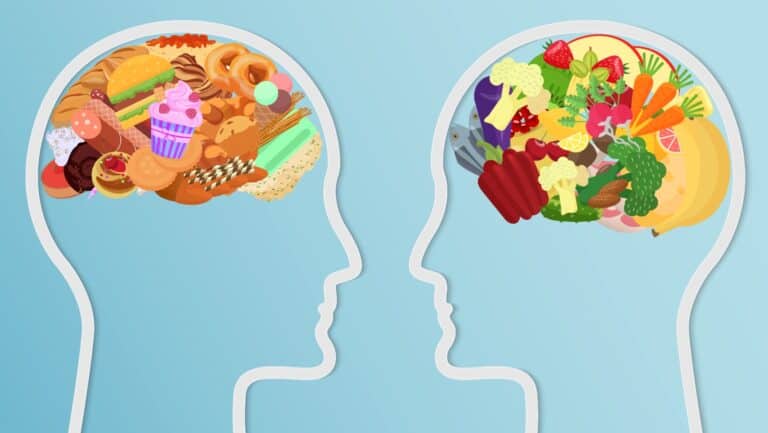7 Signs You Might Be Gluten Intolerant (and Not Even Know It)
Gluten is everywhere—bread, pasta, cookies, even sneaky places like soy sauce and salad dressings. But what if every time you eat it, your stomach rebels? If you’ve ever felt bloated, sluggish, or just plain awful after eating wheat, you might be wondering—am I gluten intolerant?
NCGS vs. Celiac
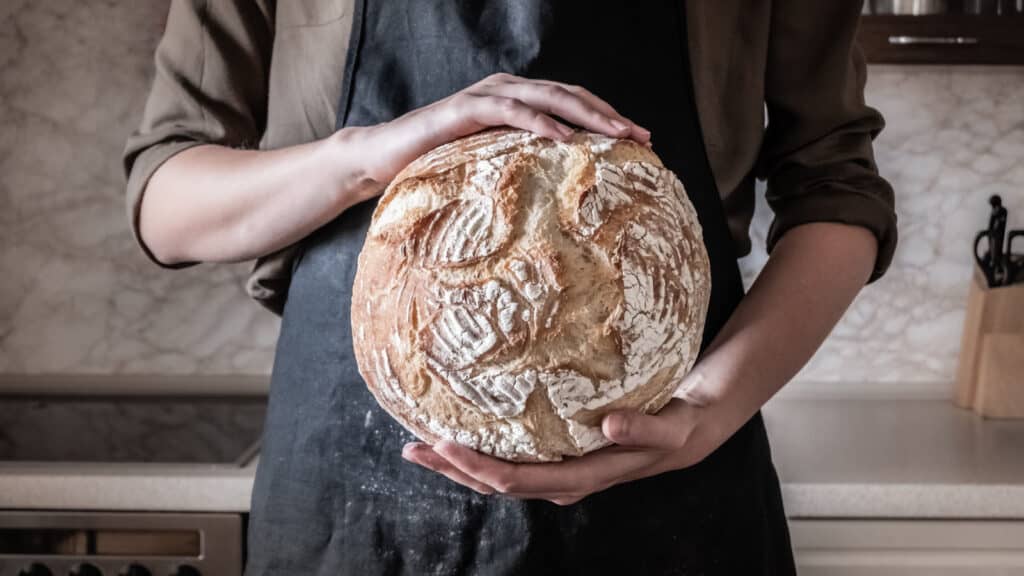
Gluten intolerance (also called non-celiac gluten sensitivity, or NCGS) is tricky. It’s not the same as celiac disease, but the symptoms can overlap, making it tough to figure out what’s really going on. Some people spend years dealing with digestive issues before realizing that gluten might be the culprit.
This is Confusing!

At first, it can seem confusing. Should you just cut gluten out of your diet? And what’s the difference between gluten intolerance, celiac disease, and a wheat allergy? Let’s break it all down so you can figure out what’s best for your body.
What Even Is Gluten, and Why Does It Cause Problems?
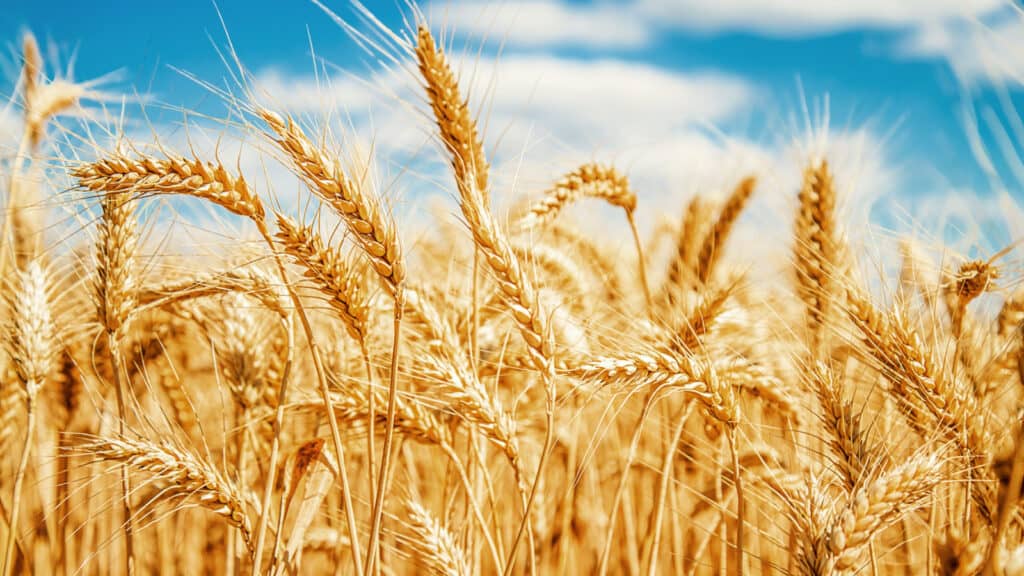
Gluten is a protein found in wheat, barley, and rye. It’s what gives bread that soft, chewy texture and helps dough hold together. For most people, it’s completely harmless. But for some, gluten can trigger a range of symptoms, from digestive distress to brain fog.
The tricky part? Not all gluten-related issues are the same. There are three main ways your body might react negatively to gluten:
- Celiac Disease (an autoimmune disorder that damages the intestines)
- Gluten Intolerance (NCGS) (a non-autoimmune, non-allergic reaction)
- Wheat Allergy (a true allergy that can cause anaphylaxis in severe cases)
Since their symptoms overlap, many people assume they have celiac disease when they’re actually just gluten intolerant—or vice versa. That’s why it’s important to understand the difference—and to get an accurate diagnosis, and not self-diagnose.
Who’s More Prone to Gluten Intolerance?

Anyone can be sensitive to gluten, but some people are more likely to develop issues than others.
- People with digestive disorders: If you already have IBS, or Crohn’s disease, your gut may be more sensitive to gluten.
- People with autoimmune diseases: Conditions like Hashimoto’s (thyroid disease) or rheumatoid arthritis are sometimes linked to gluten sensitivity.
- Those with a family history of gluten issues: If celiac disease or gluten intolerance runs in your family, you might be more at risk.
- Women: Sorry, ladies, but women are more likely to have food sensitivities, including gluten intolerance.
Gluten sensitivity can also develop at any age. Some people grow up eating all the bread and pasta they want with no issues—then suddenly, in their 30s or 40s, gluten starts making them feel awful.
What Are the Symptoms of Gluten Intolerance?

Symptoms can vary wildly from person to person, but these are some of the most common signs:
Digestive Symptoms
- Bloating (that “I look six months pregnant” feeling)
- Gas
- Diarrhea or constipation
- Stomach cramps or pain
- Nausea
Non-Digestive Symptoms
- Brain fog (feeling forgetful, foggy, or out of it)
- Fatigue
- Joint pain
- Headaches or migraines
- Anxiety or depression
- Skin issues (eczema, rashes, or acne)
One of the biggest red flags is if these symptoms disappear when you stop eating gluten—then return the moment you eat it again.
How Do You Know for Sure If You’re Gluten Intolerant?

If you suspect gluten might be a problem, don’t just start avoiding it right away. You’ll need to rule out celiac disease first—and here’s why:
If you have celiac disease and you stop eating gluten before getting tested, your test results could be inaccurate. So before you go gluten-free, consider these testing options:
1. Get Tested for Celiac Disease

Doctors can check for celiac disease with:
- A blood test that looks for certain antibodies
- An endoscopy (if your blood test is positive, doctors may biopsy your intestines to check for damage)
If these tests are negative, you don’t have celiac disease—but you could still have gluten intolerance.
2. Try an Elimination Diet

- Cut out gluten completely for 4-6 weeks (yes, even tiny traces).
- Track your symptoms—do you feel better?
- Reintroduce gluten and see if symptoms return.
If you feel dramatically better without gluten and worse when you add it back in, you’re probably gluten intolerant.
Gluten Intolerance vs. Celiac Disease: What’s the Difference?

The key difference? Celiac disease is an autoimmune condition that damages the gut, while gluten intolerance does not. If you have celiac, gluten is actually destroying your intestines over time. If you’re just sensitive, it makes you feel bad but isn’t causing physical harm.
Should You Just Stop Eating Gluten?

If you have celiac disease, the answer is a hard yes—you need to avoid gluten 100%, even in tiny amounts.
If you’re gluten intolerant, it’s a little more flexible. Some people feel best avoiding gluten entirely, while others can handle small amounts without major symptoms.
Here’s what you don’t need to do:
- Spend a fortune on fancy “gluten-free” packaged foods—many are full of sugar and processed junk.
- Assume you need to cut out dairy too—gluten and dairy intolerance aren’t the same thing. Some people react to both, but they don’t always go hand in hand.
Instead, focus on naturally gluten-free whole foods like rice, quinoa, potatoes, veggies, fruits, and proteins. If you do buy gluten-free products, check for added sugars and weird fillers—not all gluten-free food is healthy.
Final Thoughts: Is Gluten Your Problem?

If gluten leaves you feeling bloated, foggy, or miserable, you could have a sensitivity—but don’t self-diagnose too quickly. The best way to know for sure is to get tested for celiac first, then try an elimination diet, preferably guided by a Registered Dietitian.
If you’re just gluten intolerant, you don’t have to be as strict as someone with celiac—you can experiment with what works for you. And if cutting gluten makes you feel amazing? That’s all the proof you need.
At the end of the day, listening to your body is the most important thing. If gluten makes you feel terrible, ditch it. If you tolerate it fine, enjoy that bread and pasta guilt-free. Either way, knowing the signs of gluten intolerance vs. celiac disease can help you make the best choice for your health—without unnecessary restrictions.
Now, who’s craving a gluten-free cookie? Here are three of our favorite gluten-free cookie recipes to get you started:
Salted Buckwheat Chocolate Chunk Cookies
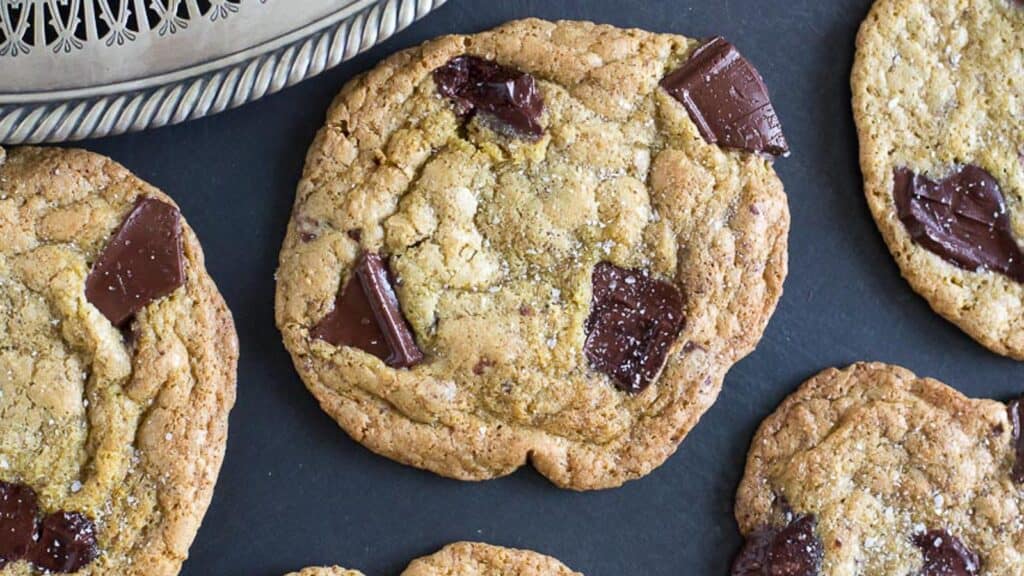
The hearty flavor of buckwheat offset with the sweetness of brown sugar, rich dark chocolate and a sprinkling of salt is a hard combination to beat. Get the Salted Buckwheat Chocolate Chunk Cookie recipe.
One-Bowl Peanut Butter Cookies
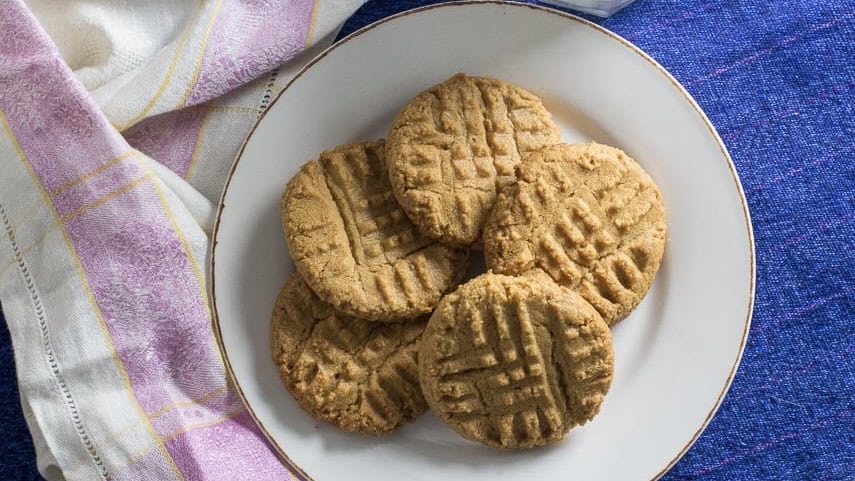
These One-Bowl Peanut Butter Cookies contain just peanut butter (1), sugar (2) and an egg (3) and I once made them on live TV in 17 seconds. Complete with someone running a stopwatch. Get the recipe!
Chewy Oatmeal Raisin Cookies
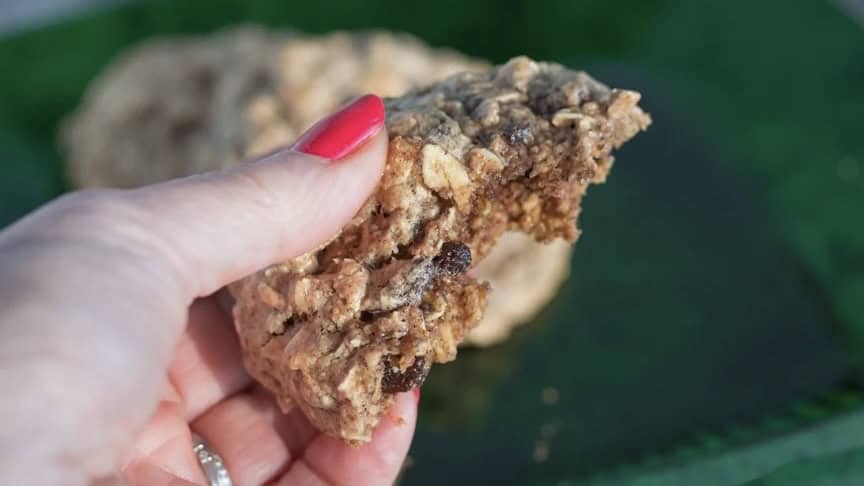
You can whip these up in one bowl! Chilling the dough for at least two hours allows the oats to absorb moisture and this goes a long way towards creating the desirable chewy texture, aiding in the dough holding its shape and creating nicely shaped round cookies. Get the recipe!
Join Us

Join us on this empowering journey as we explore, celebrate, and elevate “her story.” The Queen Zone is not just a platform; it’s a community where women from all walks of life can come together, share their experiences, and inspire one another. Welcome to a space where the female experience takes center stage. Sign up for our newsletter so you don’t miss a thing, Queen!




